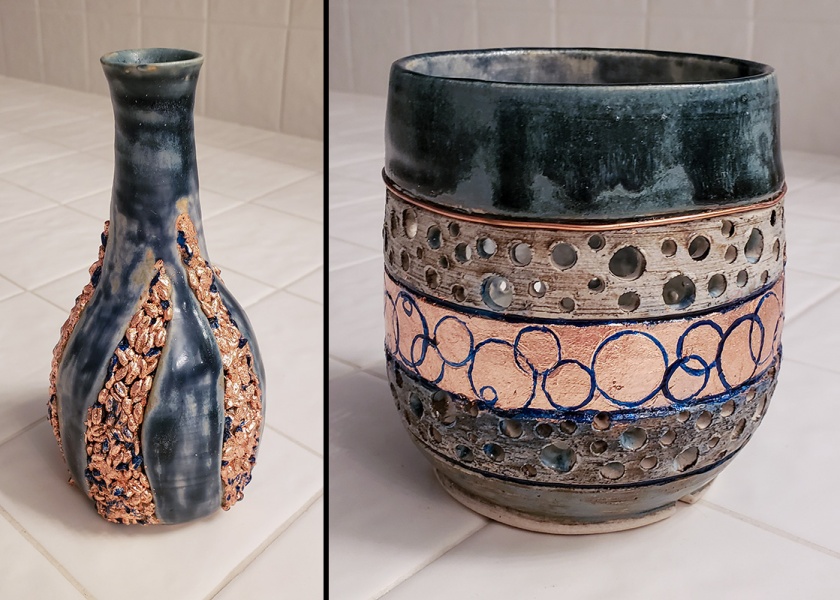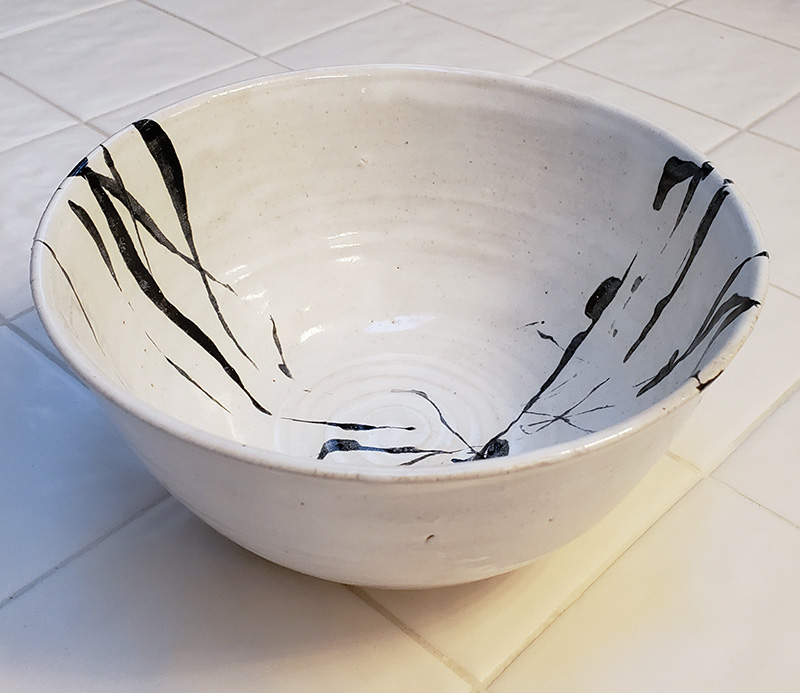Okay, so we have to stay home. That means I’m marooned without a kiln, but that doesn’t mean I have to stop all pottery activities. For one thing, I’m still a student and I have assignments due, even if they need to be kilnless right now. So here’s what I’ve been up to during the past few weeks. I’ve been too busy with all of this and more to even think about throwing new things on the wheel, but that day is coming, too.
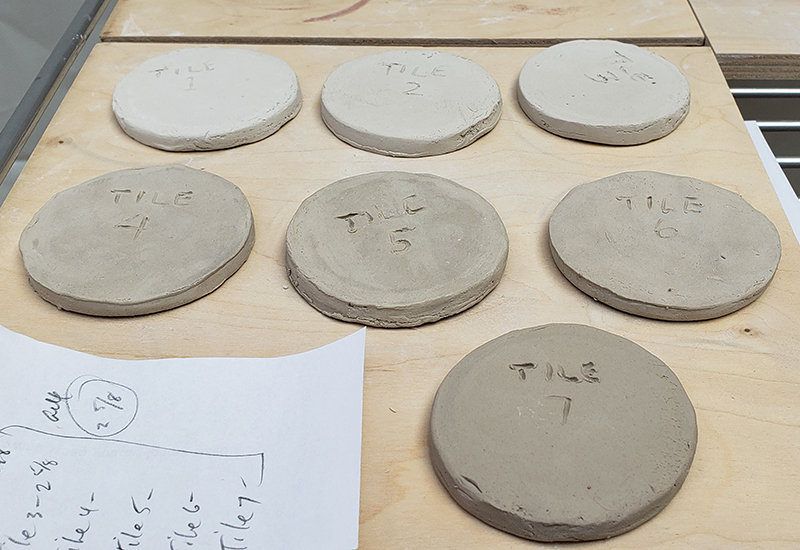 This is Lab 3, for what it’s worth. It has to do with making clay using varying amounts of the same fluxes and measuring for shrinkage. All I can do right now is the wet and green clay shrinkage. Boiling and soaking the fired clay will have to come later.
This is Lab 3, for what it’s worth. It has to do with making clay using varying amounts of the same fluxes and measuring for shrinkage. All I can do right now is the wet and green clay shrinkage. Boiling and soaking the fired clay will have to come later.

I’m going to write a research paper on paper clay. But first, I’m playing around (experimenting!) with it. I mixed up some porcelain slip and added toilet paper, even though I assuredly put my family at great risk for running out of this hallowed paper product. Here, I’m using paper clay to attempt to fix hairline cracks that appeared at the bottom and sides of this porcelain piece after bisque. There is supposedly a 50% success rate using this technique. I also painted over the outside porcelain ball decoration to anchor it into place better. I suspect that I’ll have a lot of sanding to do if this is successful. I have a Dremel tool ready…
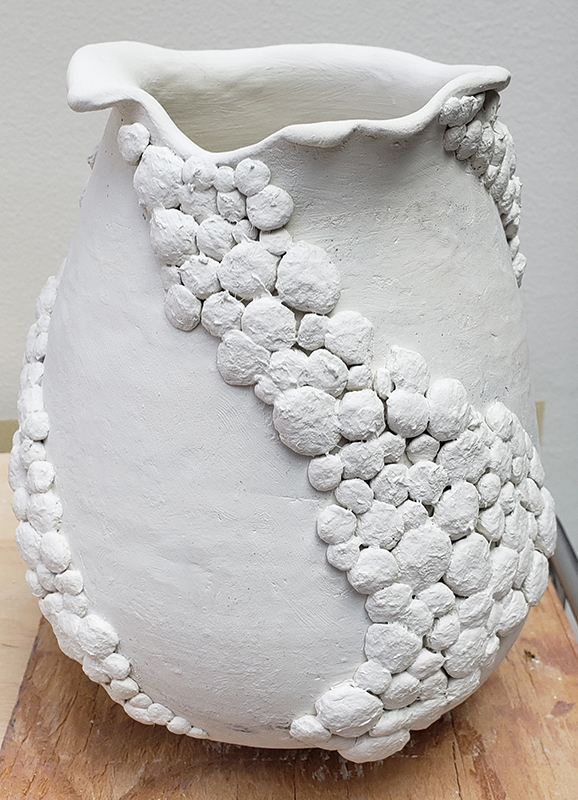
On this porcelain vase, I affixed paper clay balls since they are much lighter than their porcelain counterparts on the big piece above. They stuck really well on leatherhard clay! Can’t wait to see what happens in the firing. These balls have way too much TP in them. I realized that I got the proportions backwards. (Sigh…dyslexia.) I had to go back and make more paper clay with the correct proportions moving forward.
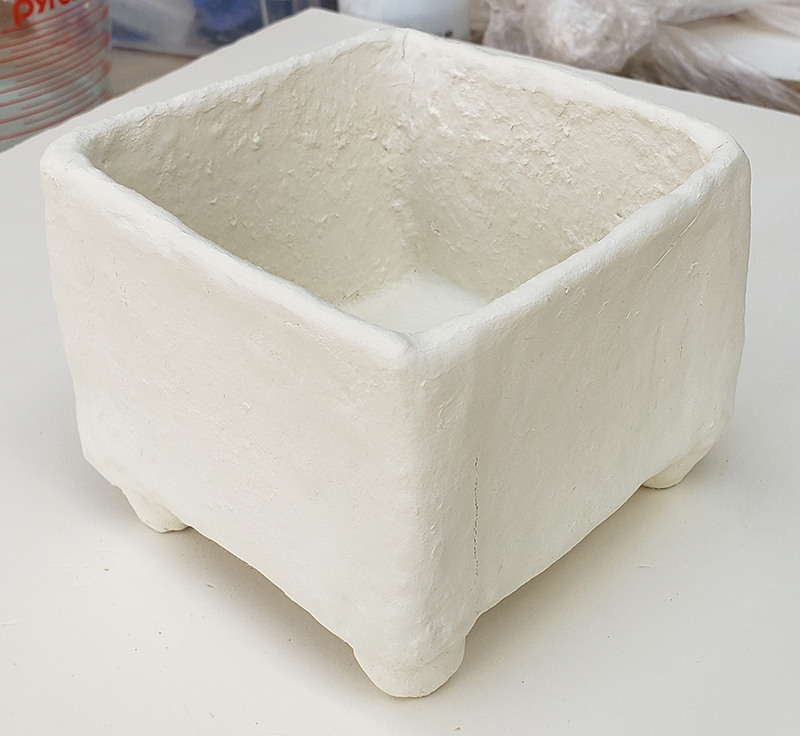
And then I decided to try making something completely out of paper clay. Amazing stuff! So hard when it dries. Even the stuff with too much TP. The over TPed paper clay is on the inside. I have been adding the correct stuff to build up the outside. I have been able to use a rolling pin to roll out very thin, very strong, mostly smooth sheets. I’m learning what it takes to affix wet to wet and wet to dry. The really great thing about paper clay is that you can use water to rework it and rework it and rework it.
Stay tuned. Eventually these will either fall apart or turn up as finished work.
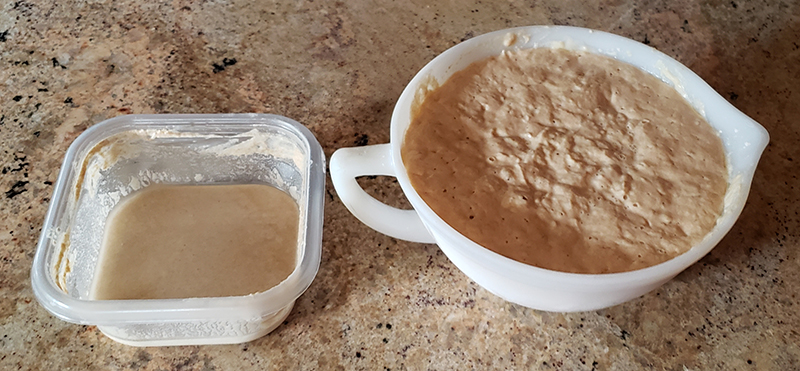

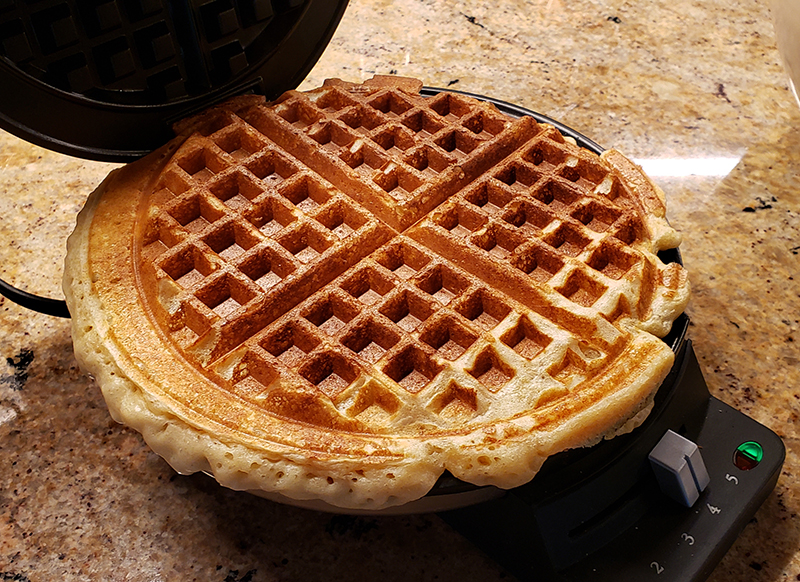


 This is Lab 3, for what it’s worth. It has to do with making clay using varying amounts of the same fluxes and measuring for shrinkage. All I can do right now is the wet and green clay shrinkage. Boiling and soaking the fired clay will have to come later.
This is Lab 3, for what it’s worth. It has to do with making clay using varying amounts of the same fluxes and measuring for shrinkage. All I can do right now is the wet and green clay shrinkage. Boiling and soaking the fired clay will have to come later.


